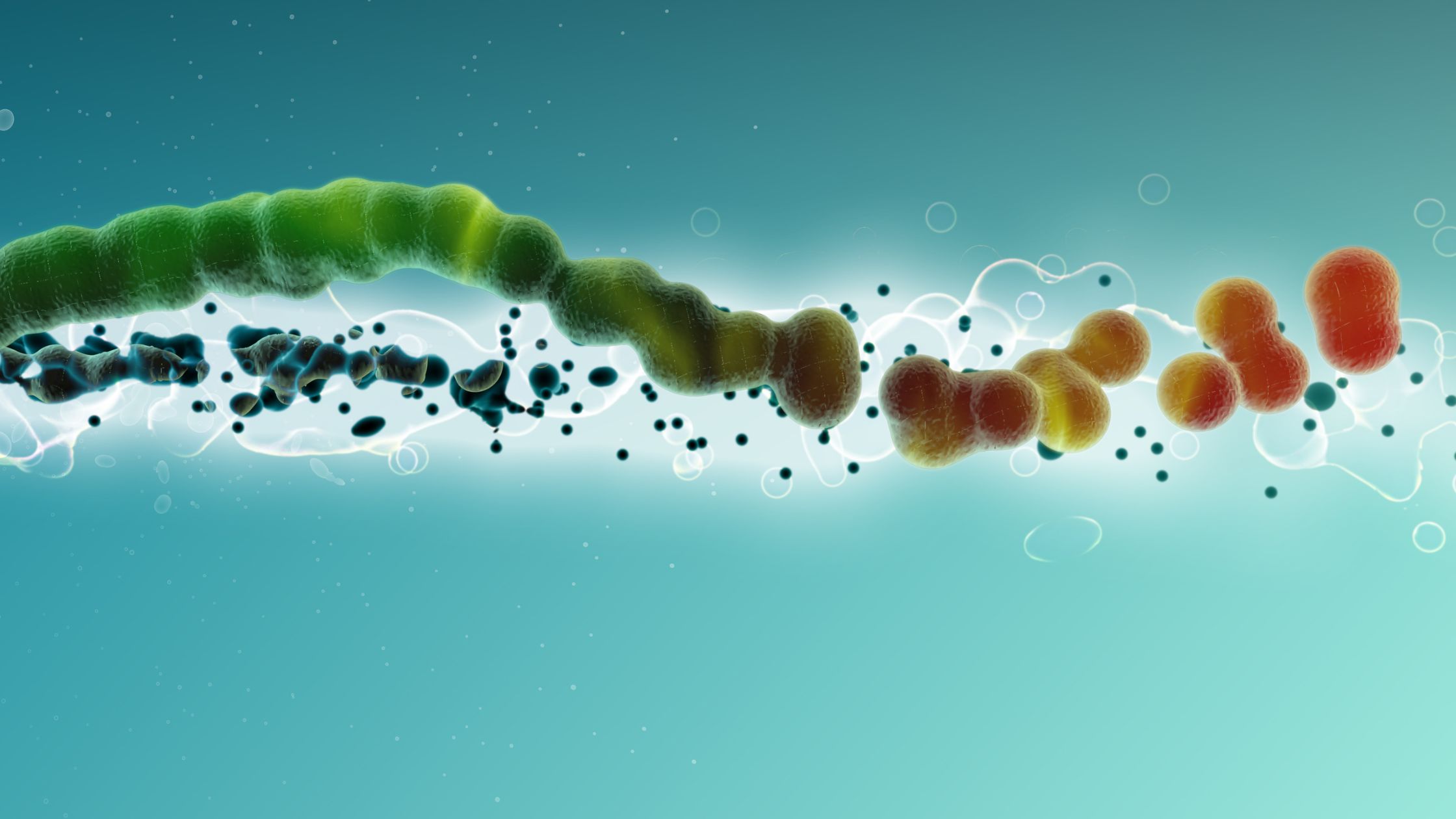In a recent excavation at the renowned Spence Shale Lagerstätte, a treasure trove of fossils straddling northern Utah and southern Idaho, researchers from the University of Kansas unearthed a previously unknown species of an ancient sea worm. This discovery adds another intriguing piece to the puzzle of life’s early evolution during the mid-Cambrian period.

Reconstruction of Shaihuludia shurikeni from the Spence Shale of Utah. Credit: Rhiannon LaVine, University of Kansas
A Serendipitous Discovery
Rhiannon LaVine, a research associate at the KU Biodiversity Institute and Natural History Museum, was part of the team conducting fieldwork in the High Creek area of Spence Shale. The region has been celebrated since the 1900s for its abundant Cambrian trilobites and soft-bodied fossils. It was during this excursion when LaVine discovered the fossil that would soon be named Shaihuludia shurikeni.
“When I split open one of the pieces of rock, I knew instantly that what I found was not typical,” LaVine explained. This new specimen was characterized by radial blades that resembled stars or flowers—an unfamiliar sight even for seasoned paleontologists.
The Path to Identification
The path to identifying this newfound specimen was not straightforward. LaVine and her colleagues considered several possibilities, including unusual animals like wiwaxia and scale worms from the same era, and even juvenile jellyfish. The team also used scanning electron microscopy and energy-dispersive X-ray spectrometry to ensure that the mystery fossil was biological and not a mineral formation.
After careful consideration, LaVine and her co-authors classified the fossil as a previously unknown species of annelid—a diverse phylum encompassing over 21,000 species of ‘segmented worms’. The new species was named Shaihuludia shurikeni, with ‘Shai-Hulud’ being a nod to the indigenous name for worms on the planet Arrakis in Frank Herbert’s “Dune” novels and ‘shuriken’ representing the blade-like chaetae characteristic of many annelids.
Additional Findings
In addition to unveiling Shaihuludia shurikeni, the team reclassified a fossilized annelid found decades ago in Spence Shale as Burgessochaeta, a species previously thought to exist only in Canada’s Burgess Shale.
The Evolutionary Tale
This discovery transports us back to a time when our planet was home to strange and fascinating creatures. It paints a vivid picture of an ancient marine ecosystem ruled by invertebrates such as trilobites, brachiopods, mollusks, and early forms of arthropods.
What Benefits Might This Discovery Bring to Humanity?
This discovery is like finding a time capsule from millions of years ago, giving us a sneak peek into the past. It’s like a detective story where we’re trying to piece together how life evolved and adapted over time.
What’s cool about discoveries like Shaihuludia shurikeni is that they can totally change our understanding of biodiversity and survival in different environments over millions of years.
But it’s not just about the past. These findings can help us figure out how to deal with today’s environmental challenges like climate change and loss of natural habitats. By studying how ancient species coped with their changing surroundings, we might get some good ideas for our own survival.
Finally, such a discovery is a testament to the incredible advancements in science and technology. It highlights our ability to uncover the secrets hidden deep within the Earth and encourages us to keep exploring, keep asking questions, and keep learning. Who knows what other amazing discoveries are waiting to be uncovered?
Reference: “Annelids from the Cambrian (Wuliuan Stage, Miaolingian) Spence Shale Lagerstätte in northern Utah, USA” by Julien Kimmig, Rhiannon J. LaVine, James D. Schiffbauer, Sven O. Egenhoff, Kevin L. Shelton and Wade W. Leibach, 8 April 2023, Historical Biology. DOI: 10.1080/08912963.2023.2196685.







